Retail, Le Bon Marché Rive Gauche (1869)
Artist/Designer: Alexandré Laplanche, Louis-Charles Boileau, Andree Putnam
Project Location: Paris, France
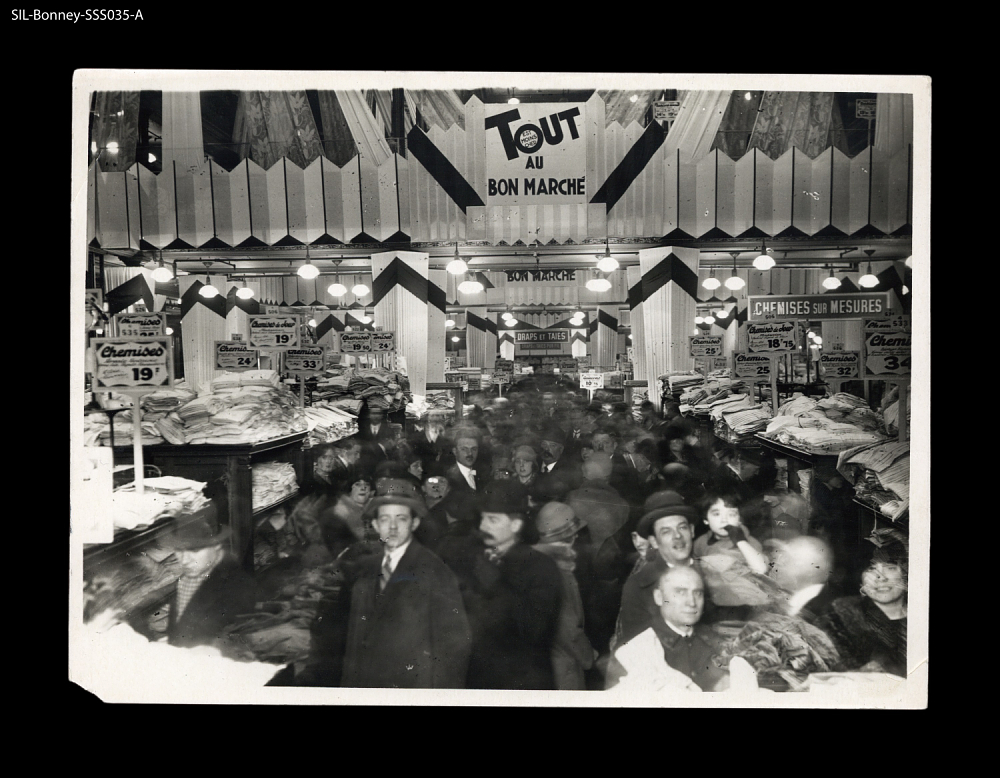

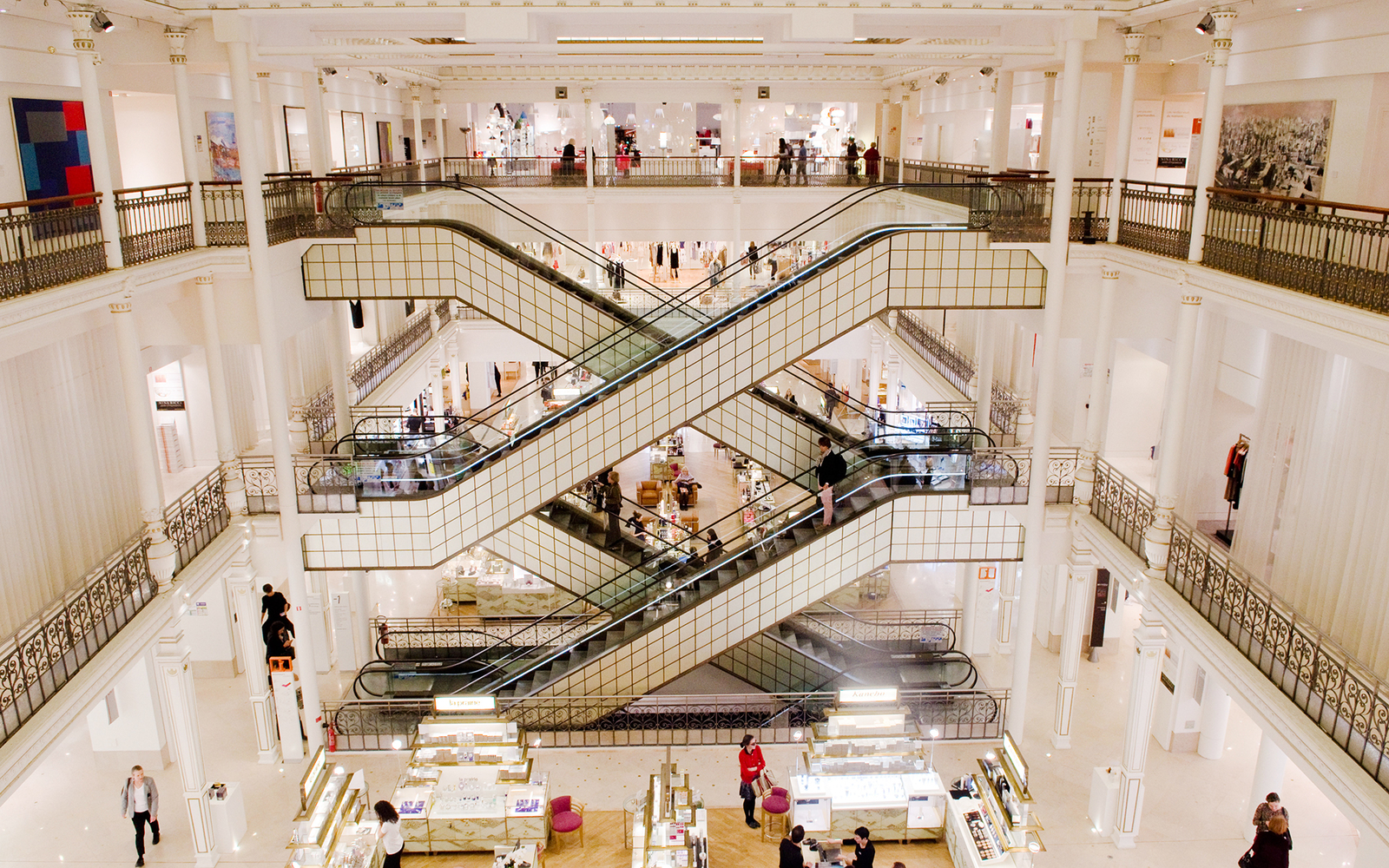
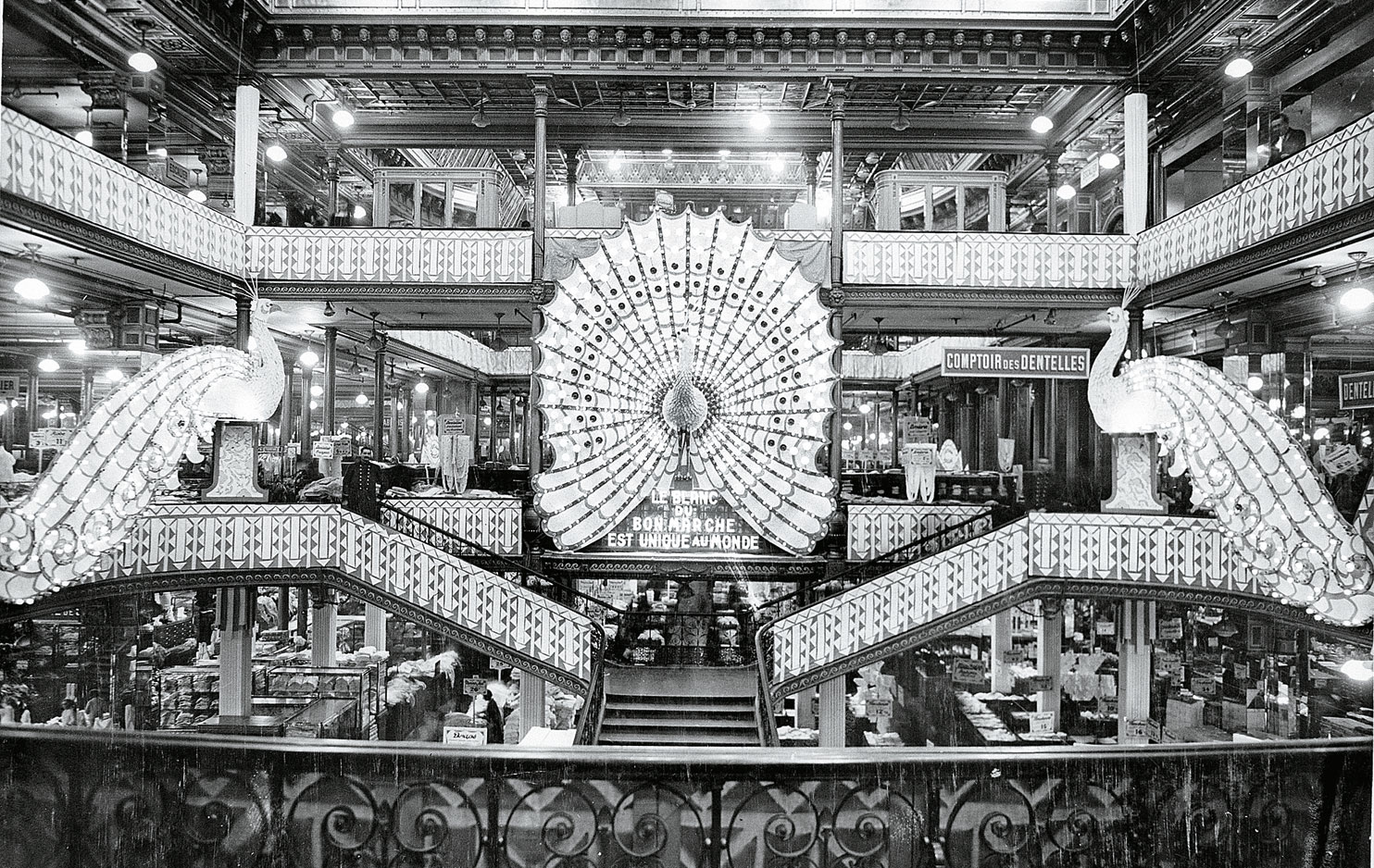

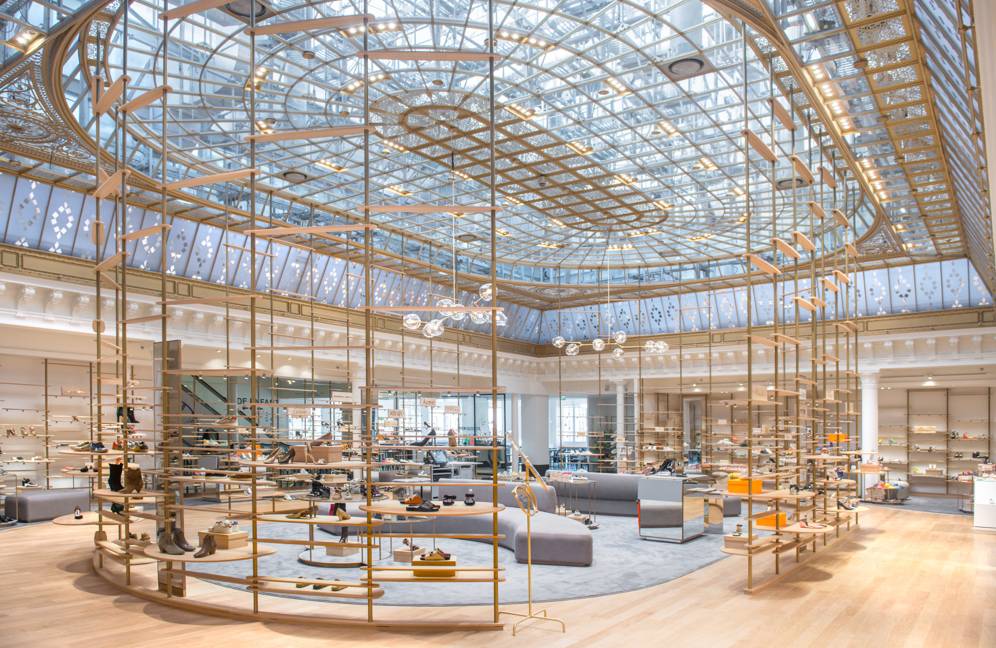
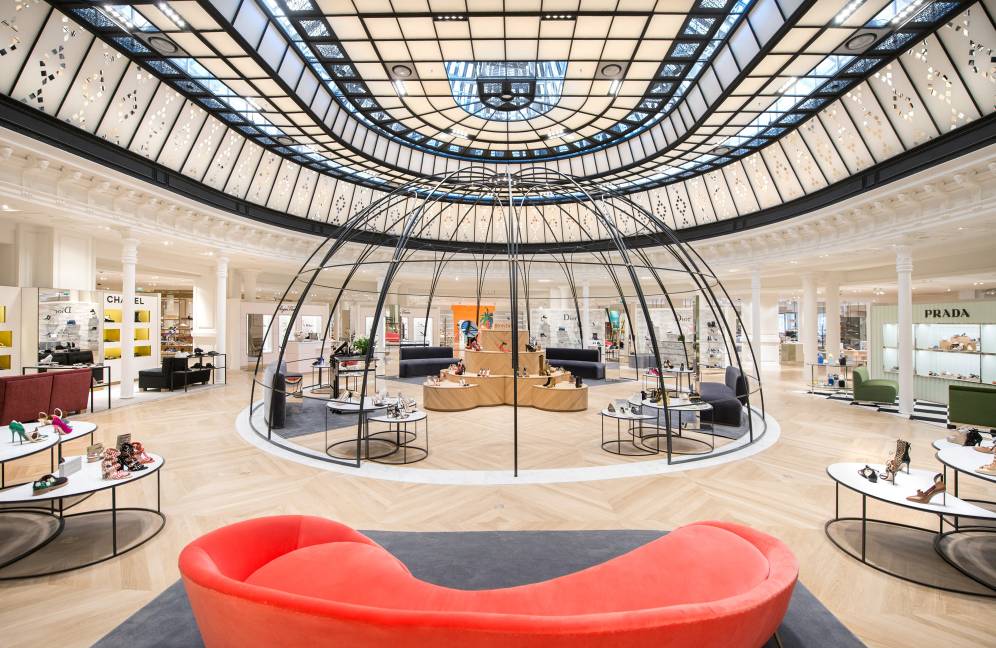
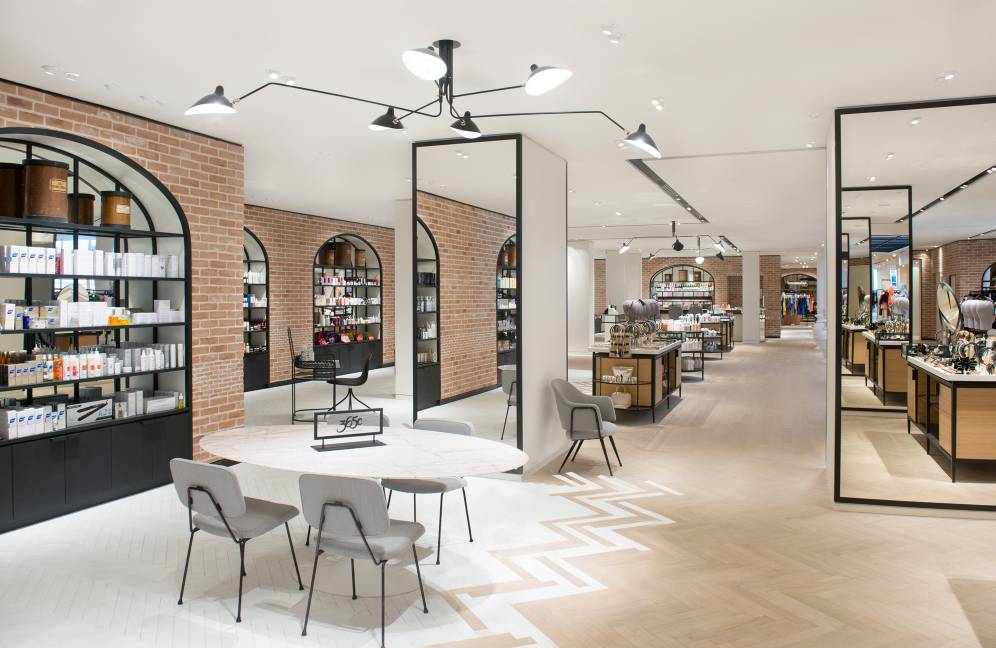
Style/Period(s):
Modern, Victorian
Primary Material(s):
Glass, Metal
Function(s):
Retail Store
Related Website(s):
Significant Date(s):
19th Century, 1838
Additional Information:
Project Description:
Le Bon Marche Rive Gauche was the first department store in the world, founded in 1838 and renovated by Aristide Boucicaut in 1852. It is known as one of the first modern department stores and is currently the property of LVMH. Au Bon Marché (image 1) opened in 1838 as a novelty shop that sold lace, ribbon, and other textiles. The current building was opened in 1869 and was constructed by the architect Louis-Auguste Boileau.
In the 1920s, decorative arts were at their high point in France, with department stores establishing their own decorating departments and workshops within the stores. In 1922, Le Bon Marche established Pomone design and decorating department following this trend. From 1923–1928, Paul Follot (1877–1941) was its director, followed by René-Lucien Prou (1889–1948) and Albert-Lucien Guénot (1894–1993) up to 1955.
The two buildings occupy over 345,000-square-feet of space and are connected by an elevated glass walking path. In 2012, a new series of renovations began, primarily focusing on the basements of each of the buildings which are occupied by the men's department as well as a wine cellar. In the second building, a double escalator was installed, echoing the same design in the main store, along with a dome-topped restaurant.
Bon Marche is seen as pioneering many elements of modern shopping such as contemporary marketing, the practice of fixed prices for objects, the practice of salespeople giving customers advice on taste, and even a daycare for children while parents shopped.
Publications/Texts in Print:
Miller, Michael. The Bon Marche: Bourgeois Culture and the Department Store, 1869-1920. NJ: Princeton Architectural Press, 2014.
Whitaker, Jan. The Department Store: History, Design, Display. London: Thames & Hudson, 2011.
William, John. A History of the Department Store. NY: Macmillan, 1960.
Building Location:
24 Rue de Sèvres
75007 Paris, France
Significant Dates:
1838- Founded
1852- Renovated by Aristide Boucicaut
1922- the Pomone design and decorating department was established, following the trend of other Parisian department stores
2012- beginning of a new interior renovation project
Supporting Staff/Designers:
Louis-Auguste Boileau- Architect of 1869 building
Gustave Eiffel- Helped with engineering and renovation in 1872
Andree Putnam- Designed the modern escalators
Associated Buildings/Designs:
Au Bon Marche store in Sydney Australia
Au Bon Marché department store, Algiers, Algeria
Tags:
Department store, paris, france, therese bonney, retail, Bon marche, andree putnam, decorative arts, 1920s
Viewers should treat all images as copyrighted and refer to each image's links for copyright information.